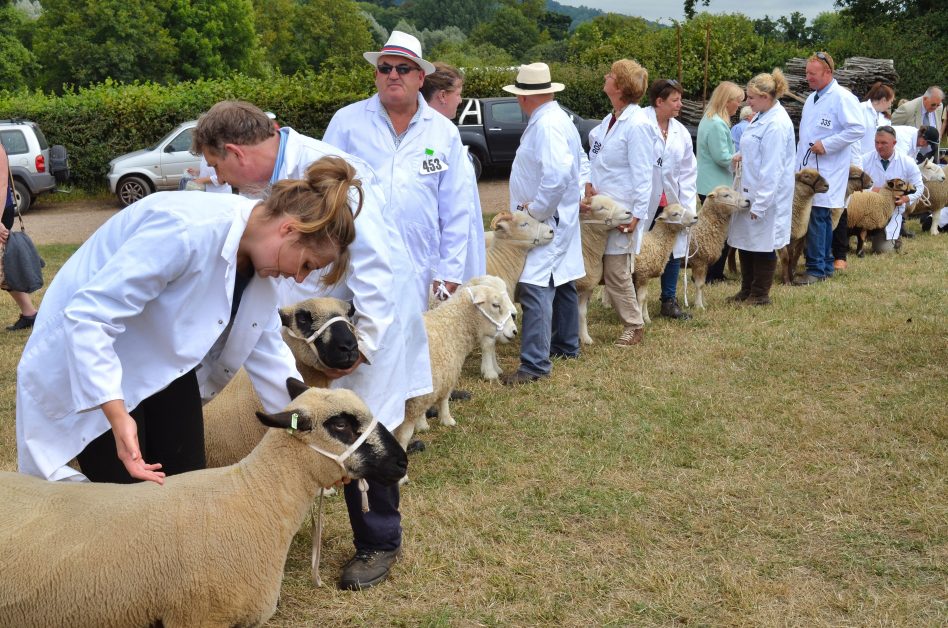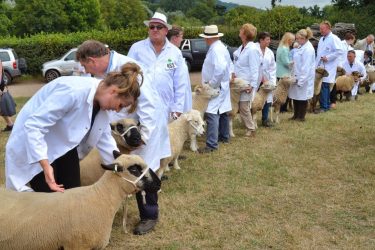The mood of UK sheep farmers can often be gauged by the prevailing lamb price. Based on prices so far in 2023, things are looking positive. However, issues are looming on the horizon that will become pressing in the months and years to come, both for upland and lowland farmers. These may lead some to wonder how their businesses will survive in what will be a rapidly changing environment.
Three key changes
Three key changes are coming, which all farmers will need to address:
- The long goodbye to the Basic Payment Scheme (BPS) and the onset of delinked payments, starting in 2024
- The realities of the sustainability agenda and what it will mean for your farm
- How the market will evolve in the face of the ongoing cost-of-living crisis.
Bye-bye BPS – hello pressure
The reduction and eventual phasing out of BPS will obviously result in short-term pressure. Farmers will experience the cold winter chill of a 35% year-on-year reduction when payments start arriving this year. This is a wake-up call for both profits and the cash flow situation. Start planning for this right now by working out what cash you might need and speak to your bank if necessary. Don’t delay!
Opportunities and threats
The changes in the payment regime offers opportunities for sheep farmers, as well as threats.
DEFRA’s Sustainable Farming Incentive (SFI) options are open for applications. This resembles a traditional agri-environment scheme more than a subsidy.
However, the Government has set out a clear agenda and direction of travel. Basically, it’s a case of “public money for public goods”. This scheme looks like it will represent the best and most secure source of income for farmers in the future.
How far do you want to follow the sustainability agenda?
The question for many businesses will be how far they want to follow the sustainability agenda. However, in the first instance, there are some relatively low-hanging fruits for many sheep farmers, and livestock businesses in general. This includes activities such as testing soils for organic matter, setting out a nutrient management plan and managing hedgerows on your farm.
There are also some more ambitious milestones, based upon the planting of herbal leys, flower rich margins and taking land out of production.
Each of these should be considered in the context of your business direction, but there are good income opportunities here. Moreover, embracing this scheme will help to set your farm up as a store of carbon, which is likely to bring its own opportunities in future years.
Check out the SFI Handbook for details.
Tighter, more discerning, markets for sheep farmers
Consumers are become more discerning, but at the same time are being squeezed by the ever-rising cost of living. Just because they are feeling poorer doesn’t mean they’ll stop looking for high quality produce. Making lamb competitive in a world where buyers demand high sustainability credentials without busting their budgets will be a challenge.
When it comes to marketing lamb, there are good opportunities for farmers to maximise the environmental credentials of their produce. The role of cattle and sheep as highly efficient converters of the sun’s energy into food for us all on more marginal areas is often underplayed.
Farmers who want to tighten up this process of feed conversion can focus on these key areas to maximise their returns:
- Genetics of breeding and finishing stock
Genetic gain offers a real return on investment if you can increase the liveweight gain in your herd or flock without increasing the inputs of feed. Experience in other sectors suggests that beef and sheep farmers have an awful lot to gain in this area. - Feed efficiency
Management of the farm to maximise this figure is essential. This may involve improving grassland management, animal environment or controlling infectious disease on-farm.
Don’t stop investing in your sheep business
Investment should form part of any business plan for the medium term. Although generating the cash to invest will be challenging, you should plan investments that improve the feed efficiency factors mentioned above, or even to grow your business.
With recent interest rate rises, the landscape looks harder than it has for some years, so plan carefully. Take time to talk to your business bank or your financial partners to understand their position on risk and lending requirements. Seek advice from those can help you to create a holistic business strategy.
All in all, there are significant challenges for many livestock businesses as we move into this new world. But look carefully, there are opportunities to be found. These openings can help you build resilience into your business and protect you from the inevitable turbulence ahead.





